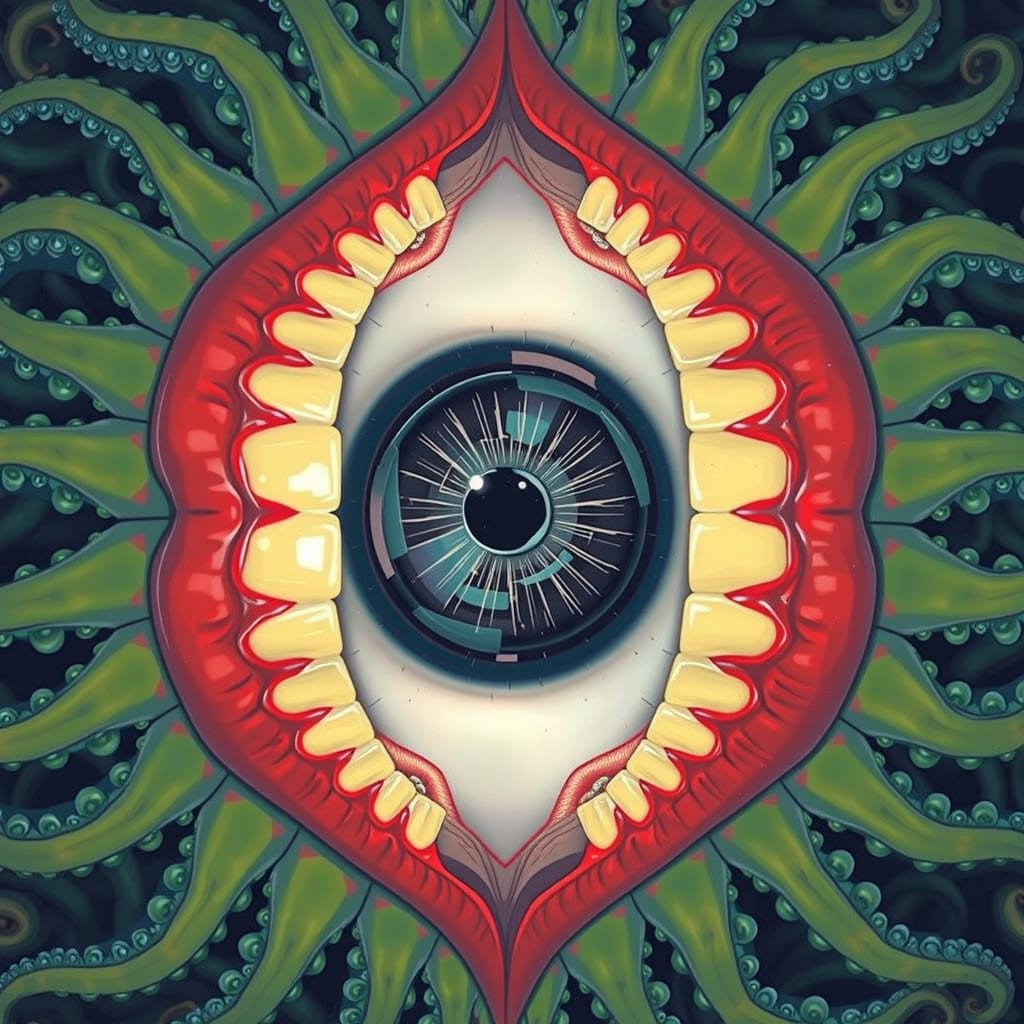I made this as an intro for new unlicensed / entry level psych workers whose jobs did not give them an adequate introduction to serious mental illness, but since none of the interventions are actually medical, it’s not a bad intro for laypeople either (and I basically never see people give tips for helping people with more severe mental illness). Some of the vids mention treatments but less in a “how to treat” and more of in a “how to support treatment.” This guide assumes that the person is already at the correct / safest level of care they need, but obviously you would want to seek (more) professional help if you are worried they are a threat to themselves or others. There are a few specific situations mentioned here that should raise extra alarms though. There’s both videos and some helpful points typed out under each one (it may help to disable media previews for readability). Hope this helps and that you find it interesting!
History of Mental Health
Anxiety Disorders
- Generalized Anxiety
- Post-Traumatic Stress Disorder
- Obsessive-Compulsive Disorder
- Key Points: What to do if a person is having a “Panic Attack”
- Reduce stimulation (light and sound) as much as is safe. If you can’t reduce stimulation where they are, try to gently lead them to somewhere you can.
- Talk slowly and softly, but with careful enunciation
- Acute Anxiety / Panic temporarily reduces cognition; keep instructions simple.
- Avoid standing in front of, over, cornering, or otherwise being physically imposing. Standing to the side also makes it less likely that they will hit you while panicking.
- Offer simple Distractions such as sensory, grounding, or breathing exercises.
- Pay attention to triggers so that they can be avoided or better prepared for next time.
- For OCD Specifically:
- allow the person to take time to complete any compulsions that are not dangerous to themselves or others (flipping light switches, counting things, etc)
- Encourage them to seek treatment, and just make sure they’re eating, sleeping, and otherwise safe while the treatment is still taking time to work.
- Reduce stimulation (light and sound) as much as is safe. If you can’t reduce stimulation where they are, try to gently lead them to somewhere you can.
Mood Disorders
Depression
- Treatments for Depression
- Key Points: How to help a person with Depression.
- Depression is more slow/empty than it is sadness.
- People with depression often have very little energy and difficulty planning tasks.
- Help the depressed person by gently encouraging them to be more active and engage with others.
- Not all suicidal ideation has to be managed inpatient / in the hospital as long as the person is able to not act on their thoughts. Encourage the person to create a safety plan by talking to a professional (most free suicide hotlines should know how to help with this, as well as any in-person crisis services in the community or ER).
- Sometimes the difficulty planning caused by depression actually ironically keeps the person from planning their suicide.
- Watch extra carefully as they recover because there can be a short window where they are juuust better enough to create an actionable suicide plan. If you are worried that the person is making preparations to harm themselves, seek a higher level of professional care.
Bipolar Mania
- Treatments for Bipolar Disorder
- Key Points: How to help a person with Mania.
- Mania is more fast/overwhelming than it is happiness.
- People with mania can often be angry / more irritable (imagine being in the slowest possible DMV or grocery store line after chugging a few cups of coffee)
- People with mania often make impulsive decisions that can become dangerous / life altering, especially those involving
- driving or other tasks that require careful attention
- delicate / intimate interpersonal interactions such as sex
- anything involving large quantities of money or other valuable assets
- A person with mania often has too much energy to rest easily. Encourage good sleep hygiene:
- Keep stimulation (lights and sounds), reduced overall, but help them stay lightly active during the day with safe, simple tasks.
- At night, reduce stimulation as much as possible to help the person with mania rest.
- Mania often co-occurs with psychosis, which will be covered next.
Psychotic Disorders
- Treatments for Psychotic Disorders
- Key Points: How to help a person with a Psychotic Disorder
- Do NOT argue with delusions, it makes them stronger.
- Instead, redirect the conversation to an unrelated, but reality-based topic (especially a shared hobby or something else you have in common with the person like sports, gardening, a favorite show, or music; this will help refocus them on strengthening their supportive social ties instead of disconnecting with the rest of society).
- Instead of arguing about whether or not a scary hallucination / delusion is real, focus on validating their emotions and find some other way to reassure them like moving them out of the area or offering to stay with them / help them watch in case something does happen.
- Paranoia is the one particularly dangerous symptom of psychosis because it can cause the person to be violent out of fear / to protect themselves. Watch for new / emerging / suddenly increasing paranoia and try to safely connect the person with a higher level of professional care.
- Establish yourself as honest and trustworthy. Don’t lie to them unless they’re an immediate threat to themselves or others and you don’t know how else to keep them safe until help arrives.
- Some people become paranoid about their food and drink being poisoned, and it can help to give mostly sealed foods and/or open the packaging in front of them. Recovery can take a while, and in the meantime they need food / hydration.
Substance-Use Disorders
- Treatments and Triggers for Drug Dependence
- Motivational Interviewing
- Key Points: Things to remember about addiction.
- Before you judge others, remember that you’re probably addicted to something.
- Legal Addictive Substances: Nicotine, Alcohol, Caffeine
- Addictive Behaviors: social media, Video Games, Gambling, Pornography, Binge Eating, Self-Harm (people especially really underestimate video games with microtransactions as gambling)
- Shame often causes anxiety/depression which impairs a person’s recovery/sobriety.
- Motivational interviewing is an easy-to-learn technique to boost readiness and motivation for sobriety.
Autism Spectrum Disorder
- Managing Autism Spectrum Disorder
- Key Points: Helping a person with Autism.
- Keeping a consistent routine and helping the person know what to expect to happen next helps a person with autism feel less anxious.
- People with autism often struggle with interpreting AND expressing emotions the same way as everyone else.
- They might laugh when upset, for instance. Try not to make assumptions about what the person is feeling.
- Be clear and unambiguous about how you are feeling and what you need them to do.
Attention-Deficit and Hyperactivity Disorder (ADHD)
- Key Points: Helping a person with ADHD
- Help them develop plans and routines and stay organized by being clear about what needs to be done and by what deadlines
- Encourage them to create physical habits that help them not forget things
- Have them put their house keys on a big cardboard box in front of the front door so they can’t leave the house without them.
- Clip the house key, grocery shopping list, or another important item to the baby so that they can’t leave them in the car.
- Encourage them to set phone alarms and put appointments in their calendar as soon as they schedule them (I even turn my phone around and have the other person verify my calendar entries)
- Understand that their “paying attention” may not look how you expect. They may need to move, doodle, or fidget to pay attention, so don’t use stillness or eye contact to judge learning / retention. Use critical thinking / problem solving questions (“what if’s”), and have them repeat things back to you in their own words to help them interact with the information more fully.
Delirium & Dementia
- Delirium
- Dementia
- Reminiscence Therapy
- Key Points: Helping a person with Delirium or Dementia
- Delirium is temporary, Dementia does not go away.
- Reorient the delirious person so that they can come back to themselves, and seek emergency treatment for the underlying medical cause (usually infection or dehydration, but can be other things).
- Avoid reorienting the person with dementia as you will likely fail AND upset them.
- Use reminiscence or music therapies where possible instead.
- Music memory is one of the last to go in many types of terminal disorders, making it a powerful tool.
- If the person cannot tell you what music they like, try playing what was popular in their demographic when they were 15-25 years old.
Borderline Personality Disorder (BPD)
- Treatments for BPD
- S.E.T. Communication for BPD
- Distress Tolerance Skills for BPD
- Key Points: Helping a person with borderline personality disorder.
- People with personality disorders struggle with strong emotions and not knowing what boundaries are helpful for either themselves or others.
- You can help by keeping a neutral tone and posture and keeping fair but firm boundaries.
- The distress tolerance skills in the last video must be initially learned while already calm.
- Encourage the person to practice their calming skills throughout their daily routine.
(Edit: fixed / organized the headers a little)
Thank you. This is an excellent and useful post. I particularly like the concise and practical focus on how to recognize symptoms in others and offer assistance in a way that’s helpful to them. Being able to do the basics should be considered equivalent to elementary first aid training and at least as important.
Frankly, we should be teaching this in schools.
Thanks for this. Unfortunately, it is a bit like a bingo card because i and mine have collected them all.
Side note: I noticed just today that viewing a comment in raw markdown lets me copy/paste it to my Joplin (notes app) while preserving formatting.


